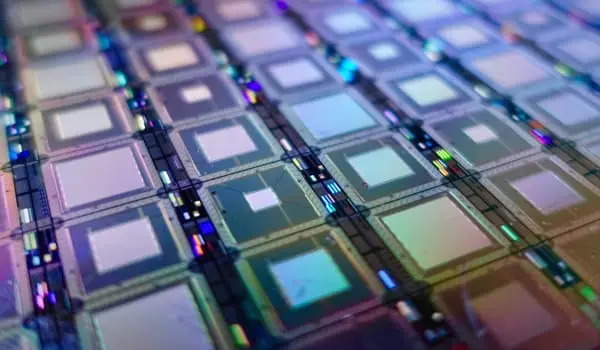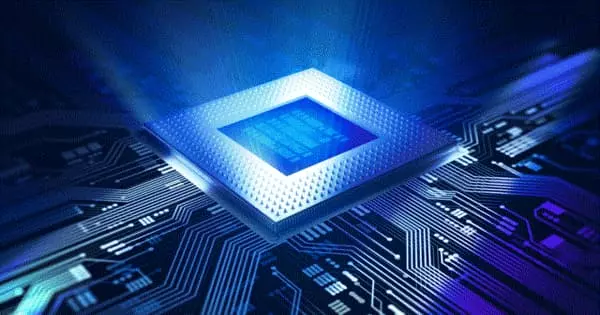A quantum computer is not faster on its own. Instead, it employs a different computational model. There are algorithms in this model for some (but not all!) problems that are asymptotically faster than the fastest possible (or fastest known, for some problems) classical algorithms.
What do a quantum computer and a top sports draft pick have in common? Both have piqued the interest of talent scouts. Quantum computers, experimental machines that can perform some tasks faster than supercomputers, are constantly evaluated for their potential to become game-changing technology, much like young athletes.
Scientist-scouts now have their first tool for assessing a prospective technology’s ability to perform realistic tasks, revealing its true potential and limitations. Sandia National Laboratories developed a new type of benchmark test that predicts how likely it is that a quantum processor will run a specific program without errors.
The mirror-circuit method, which was published in Nature Physics, is faster and more accurate than traditional tests, assisting scientists in developing technologies that are most likely to lead to the world’s first practical quantum computer, which could greatly accelerate research for medicine, chemistry, physics, agriculture, and national security.
A mirror circuit is a computer program that performs a series of calculations before reversing them. It is standard practice in the quantum computing community to use only random, disordered programs to measure performance, and our results show that this is not a good thing to do.
Timothy Proctor
Scientists have previously measured performance on obstacle courses of random operations. However, conventional benchmark tests, according to the new research, understate many quantum computing errors. This can lead to the overestimation of a quantum machine’s power or utility. According to the paper, mirror-circuits provide a more accurate testing method.
A mirror circuit is a computer program that performs a series of calculations before reversing them. “It is standard practice in the quantum computing community to use only random, disordered programs to measure performance, and our results show that this is not a good thing to do,” said computer scientist Timothy Proctor, a participant in the research at Sandia’s Quantum Performance Laboratory.
The new testing method also saves time, which will aid researchers in their evaluation of increasingly sophisticated machines. The majority of benchmark tests look for errors by running the same set of instructions on a quantum machine and a traditional computer. The results should match if there are no errors. However, because quantum computers perform certain calculations much faster than conventional computers, researchers may find themselves waiting for a long time for the conventional computers to finish.

The output of a mirror circuit, on the other hand, should always be the same as the input or some intentional modification. Rather than waiting, scientists can now immediately examine the quantum computer’s output.
The study was supported by the DOE’s Office of Science and Sandia’s Laboratory Directed Research and Development program. Sandia is a founding member of the Quantum Systems Accelerator, a national quantum research center funded by the Department of Energy.
New method reveals flaws in conventional performance ratings
Proctor and his colleagues discovered that randomized tests overestimate or underestimate the cumulative effects of errors. When an error is compounded, it worsens over time, much like a wide receiver who runs the wrong route, straying further and further from where they are supposed to be as the play progresses.
Sandia discovered that by simulating functional programs, final results often had larger discrepancies than randomized tests revealed. “Our benchmarking experiments revealed that the performance of current quantum computers on structured programs is much more variable than previously known,” Proctor said.
The mirror-circuit method also provides scientists with a better understanding of how to improve current quantum computers. “By applying our method to current quantum computers, we were able to learn a lot about the errors that these specific devices suffer from — because different types of errors affect different programs in different ways,” Proctor explained. “These effects have never been seen before in many-qubit processors. Our method is the first to investigate these error effects at a large scale.”
This ability would enable a quantum computer to “break” many of the cryptographic systems currently in use, as there would be a polynomial time (in the number of bits of the integer) algorithm for solving the problem.
Most popular public key ciphers, including forms of RSA, are based on the difficulty of factoring integers. These are used to protect secure Web pages, encrypted email, and a variety of other data types. Breaking these would have serious consequences for electronic privacy and security.
The only way to improve the security of an algorithm like RSA is to increase the key size and hope that an adversary lacks the resources to build and operate a powerful enough quantum computer. It appears that it will always be possible to build classical computers with more bits than the largest quantum computer has qubits.





